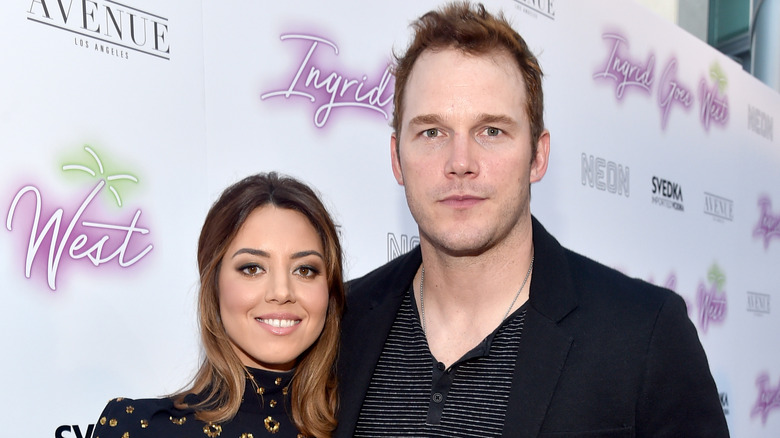What Is The Rule Of 7 In Dating?
These days, it seems like age-gap discourse is at the top of everyone's minds — or at the very least, every time that Leonardo DiCaprio gets a new girlfriend. And while we might not know Leonardo DiCaprio (48) or his alleged new girlfriend, Eden Polani (19), it still strikes folks the wrong way, especially because Hollywood isn't the only place we might witness these types of age gaps. Twitter users, in particular, were amused by the coupling, with some noting, "She's younger than Titanic!"
A big age difference can be an issue depending on what life experiences each has encountered, or if the pair share the same field. "In some relationships where there is a significant age gap between partners, for example, 10 years or more, there may be unique problems the couple can face, including power imbalances," Associate Professor of Psychology Dr. Daria J. Kuss told Cosmopolitan UK. "In some cases, coercion and financial control may be a reason for confrontation. Age may make younger partners more vulnerable with regards to being more dependent on the older partner."
Another reason people find age gaps distasteful is that they often favor older men. "In society, it's viewed 'normal' for a man to be in a relationship with a woman several years younger. In contrast, it's often frowned up when it's the other way round," James Preece, host of the Love Machine podcast, says. So, how much of an age gap is too much? That's where the rule of 7 comes in.
Where did the rule of 7 come from?
It can be difficult to know whether or not someone is "too young" or "too old" for you, there is one rule that some abide by — known as the "rule of 7." The rule of 7 essentially means that you take your age, divide it by half, and then add seven years. (Of course, it is typically men who are doing the dividing.)
So if you're 30 years old, the youngest you can date is 22. The older you get, the more leniency the rule of 7 has. And if you're 50 years old, the youngest person you can date is 32. It dates all the way back to 1901 and originated with the French author Max O'Rell, who includes mention of it in his guide to love, "Her Royal Highness Woman and His Majesty Cupid."
"A man should marry a woman half his age, plus seven," he wrote. "Try it at whatever age you like, and you will find it works very well ... after all, a man, as well as a woman, is the age that he looks and feels." The rule later went on to gain popularity when Maurice Chevalier cited it in a 1931 interview with Detroit News. Twenty years later, it was once again referenced in the 1951 Broadway play "The Moon Is Blue."
What do the experts think?
While the "rule of 7" has comfortably made its way into pop culture, with mentions on "How I Met Your Mother" and "Parks and Recreation" — who could forget Andy Dwyer's complete inability to calculate what half his age is plus seven? (For the record, he and his love interest April Ludgate don't quite clear the rule.)
But according to experts, such a strict rule around dating age differences can be silly and contrived. "I find it amusing that there's an equation for the 'optimal' age gap in love. While formulas seem as though they have some kind of scientific credence, the truth is that two resonant souls will find each other (regardless of their ages)," relationship coach Susan Winter told the Independent. When it comes to meeting your soulmate, her advice is simple, "Rules no longer apply — there are no rules in love except to follow your heart."
That being said, another love expert Rachel DeAlto, it's good to have at least some practicality when it comes to dating, as you should seek to meet someone of a similar maturity level. "It is still a decent rule of thumb to set a boundary of a minimum age," DeAlto shared with the Independent. "While age is truly just a number, successful significant relationships are based on mutual understanding and connection."


